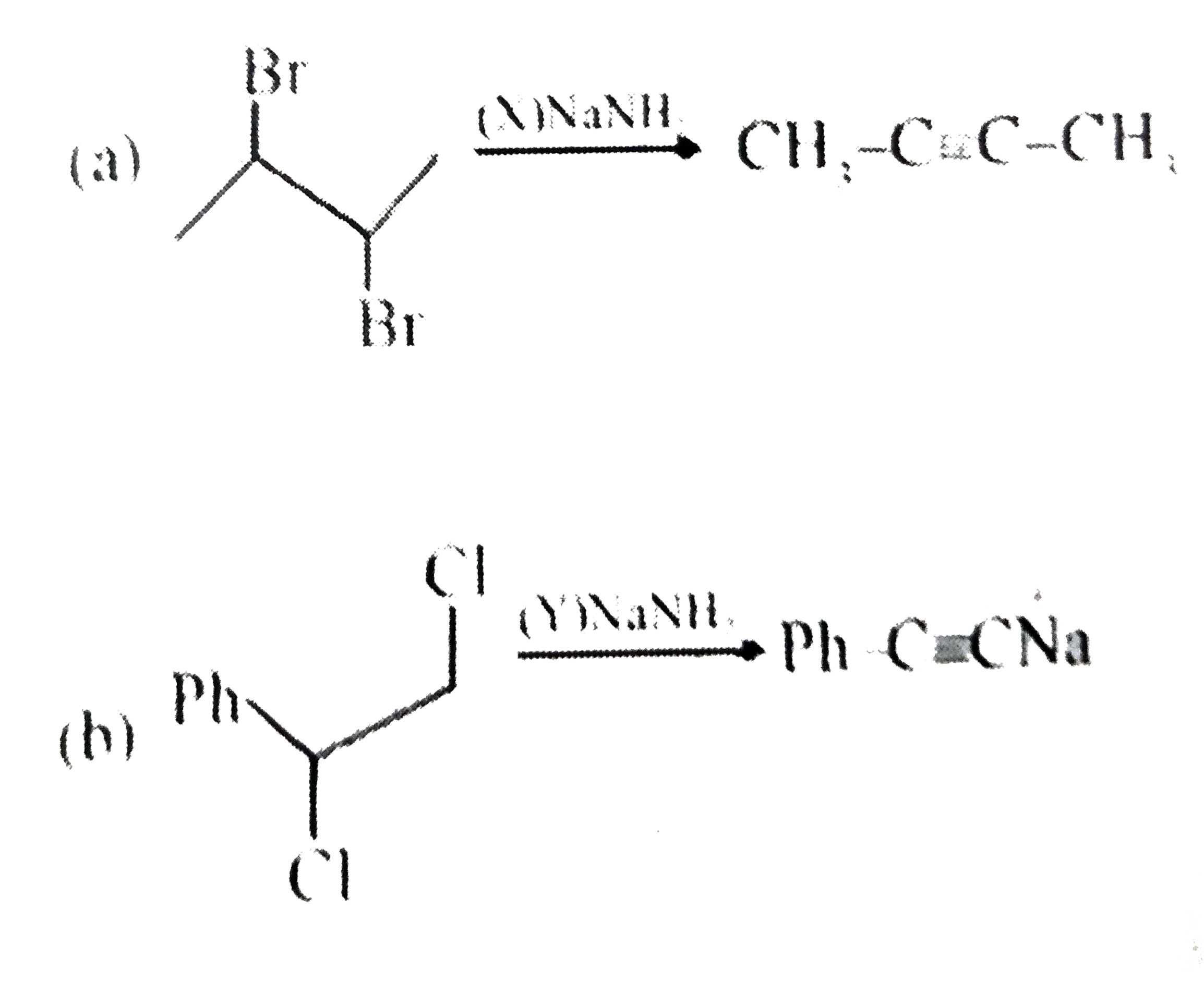For the reaction, X+2Y→Z
5 moles of X and 9 moles of Y will produce:
5.5 moles of Z
8.5 moles of Z
14.5 moles of Z
4.5 moles of Z
The correct Answer is:D
To solve the problem, we need to determine how many moles of product Z can be produced from the given moles of reactants X and Y in the reaction:
X+2Y→Z
1. Identify the Reaction and Given Moles:
- The balanced chemical equation is:
X+2Y→Z
- We are given:
- Moles of X=5
- Moles of Y=9
2. Determine the Stoichiometric Ratios:
- From the balanced equation, we can see that:
- 1 mole of X reacts with 2 moles of Y to produce 1 mole of Z.
3. Calculate the Limiting Reagent:
- To find the limiting reagent, we need to calculate how many moles of Z can be produced from each reactant.
- From X:
- Moles of Z produced from X=5 moles of X1 mole of X=5 moles of Z
- From Y:
- Moles of Z produced from Y=9 moles of Y2 moles of Y=92=4.5 moles of Z
4. Identify the Limiting Reagent:
- Since Y produces fewer moles of Z (4.5 moles) compared to X (5 moles), Y is the limiting reagent.
5. Calculate the Moles of Z Produced:
- Since Y is the limiting reagent and it can produce 4.5 moles of Z, the maximum amount of Z produced will be:
Moles of Z=4.5 moles
6. Final Answer:
- Therefore, the number of moles of Z produced is 4.5 moles.
- The balanced chemical equation is:
X+2Y→Z
- We are given:
- Moles of X=5
- Moles of Y=9
- From the balanced equation, we can see that:
- 1 mole of X reacts with 2 moles of Y to produce 1 mole of Z.
- To find the limiting reagent, we need to calculate how many moles of Z can be produced from each reactant.
- From X:
- Moles of Z produced from X=5 moles of X1 mole of X=5 moles of Z
- From Y:
- Moles of Z produced from Y=9 moles of Y2 moles of Y=92=4.5 moles of Z
- Since Y produces fewer moles of Z (4.5 moles) compared to X (5 moles), Y is the limiting reagent.
- Since Y is the limiting reagent and it can produce 4.5 moles of Z, the maximum amount of Z produced will be:
Moles of Z=4.5 moles
- Therefore, the number of moles of Z produced is 4.5 moles.
Topper's Solved these Questions
- STOICHIOMETRY - IBook:VMC MODULES ENGLISHChapter:STOICHIOMETRY - IExercise:Level - 2
Explore 65 Videos
- STOICHIOMETRY - IBook:VMC MODULES ENGLISHChapter:STOICHIOMETRY - IExercise:JEE Main (Archive)
Explore 33 Videos
- STOICHIOMETRY - IBook:VMC MODULES ENGLISHChapter:STOICHIOMETRY - IExercise:Level -0 (Long Answer Type)
Explore 7 Videos
- STATES OF MATTERBook:VMC MODULES ENGLISHChapter:STATES OF MATTERExercise:IN-CHAPTER EXERCISE-I
Explore 10 Videos
- STOICHIOMETRY-IIBook:VMC MODULES ENGLISHChapter:STOICHIOMETRY-IIExercise:JEE Advanced (Archive)
Explore 43 Videos
Similar Questions
For the reaction A+2B→C, 5 moles of A and 8 mole of B will produce
View SolutionFor the reaction A+2B→C,5moles of A and 8moles of B will produce :-
View Solution5 mole of X are mixed with 3 moles of Y. At equilibrium for the reaction, X+Y→Z 2 moles of Z are formed. The equilibrium constant for the reaction will be
View SolutionFor the reaction, x+y↔2z initially 1 mole of x, 1.5 mole of y & 0.5 mole of z are taken, then at equilibrium 1 mole of z is obtained . If Keq=X/15 then , find the value of X.
View SolutionIn the reaction X(g)+Y(g)⇔2Z(g),2 mole of X,1 mole of Y and 1 mole of Z are placed in a 10 litre vessel and allowed to reach equilibrium .If final concentration of Z is 0.2 M , then Kcfor the given reaction is :
View SolutionIn the reaction X(g)+Y(g)⇔2Z(g), 2 moles of X, I mole of Y and I mole of Z are placed in a 10 lit vessel and allowed to reach equilibrium. If final concentration of Z is 0.2 M, then Kc. for the given reaction is
View SolutionThe equilibrium constant for the reaction w+x⇔y+z is 9. If one mole of each of w and x are mixed and there is no change in volume, the number of moles of y for formed is
View SolutionFor a homogenous gaseous reaction
X(g)+2Y)g)⇔Z(g) ,
at 473K, the value of Kc=0.35 concentration units. When 2 moles of Y are mixed with 1 mole of X, at what pressure 60% of X is converted to Z?
View SolutionFor a reversible reaction: X+2Y→2Z, the equilibrium concentrations of X,Y and Z are 0.32,0.40 and 0.35 moles L−1 respectively at 25∘C.
a. If unitially the system contained only X and Y and then reached the state of equilibrium, what were the initial concentrations of X and Y.
b. If at the start only X and Z were present, what were the initial concentrations?
View Solution
If X and Y are moles used then sum of |X+Y=| is :-
View Solution